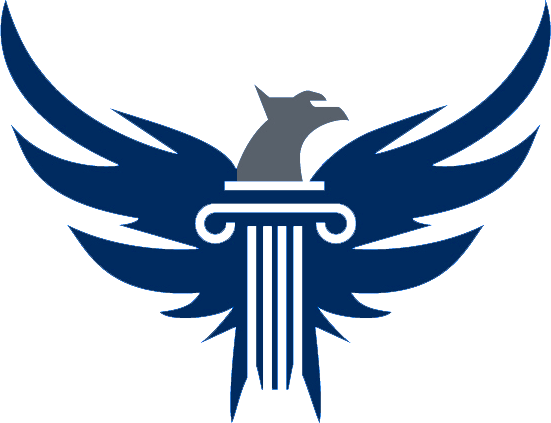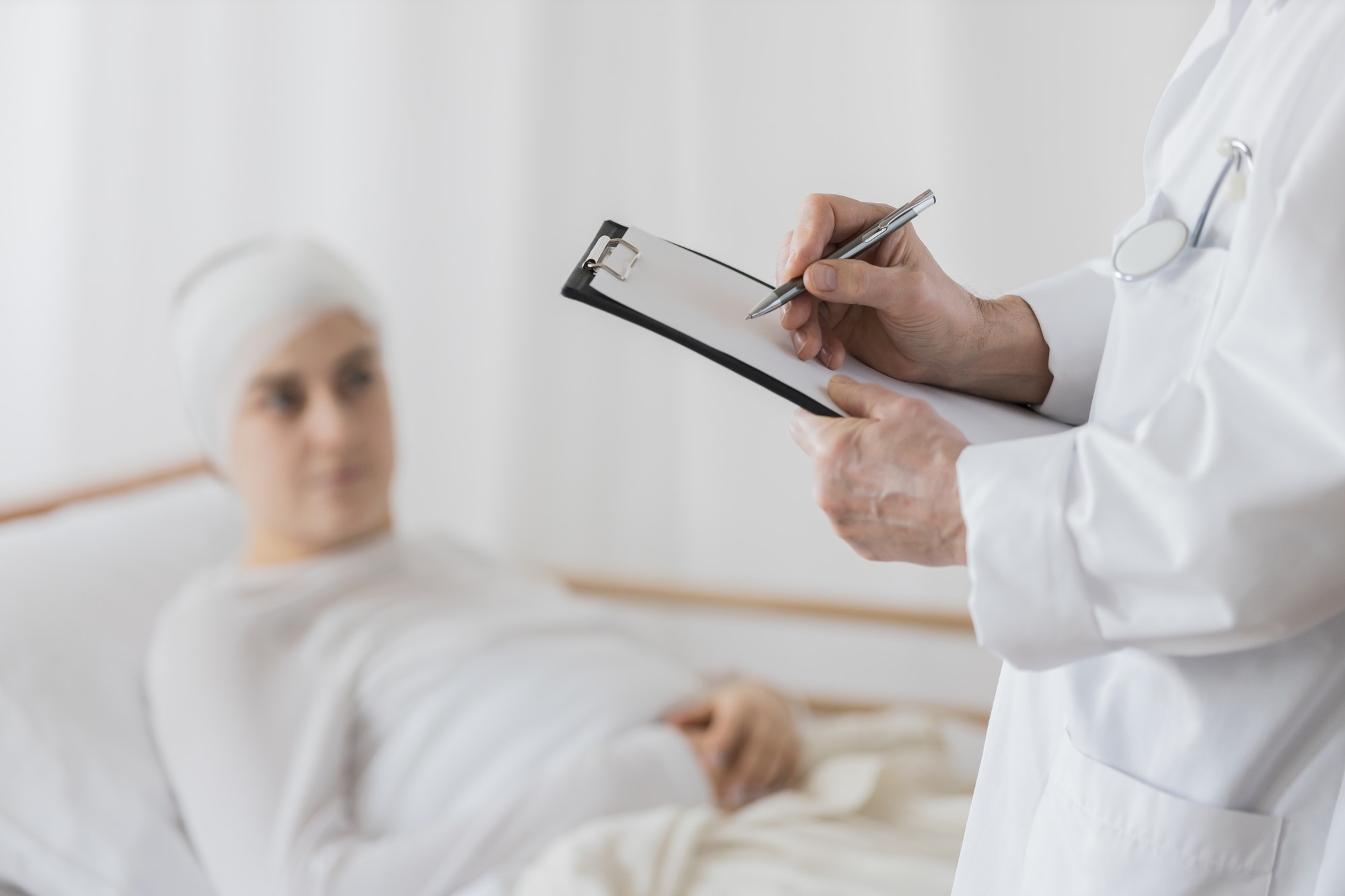Ever wondered how to stay safe from slip and fall accidents in public places? Identifying potential hazards is key to preventing injuries. From wet floors to uneven surfaces, knowing what to look for can make all the difference. Stay tuned as we dive into practical tips on spotting dangers and taking proactive measures to ensure your safety. Whether it’s a busy shopping mall or a bustling sidewalk, being alert and informed can help you navigate public spaces with confidence. Let’s empower ourselves with the knowledge needed to steer clear of slip and fall risks.
Common Slip and Fall Areas
Public Walkways and Sidewalks
Public walkways and sidewalks are frequent sites for slip and fall accidents. Cracked pavement, tree roots protruding from the ground, and snow accumulation are common hazards. Regular inspections are vital to ensure these areas are clear and safe for pedestrians. Timely repairs should be conducted to prevent accidents caused by uneven surfaces.
Shopping Centers and Malls
Shopping centers and malls are prone to slip and fall incidents due to spills and clutter in high-traffic areas. It is essential to monitor these spaces regularly to prevent falls. Using non-slip flooring materials can significantly reduce the risk of accidents in shopping environments. Clear signage should be implemented to direct foot traffic safely around potential hazards.
Parks and Recreation Areas
Parks and recreation areas, including playgrounds, require thorough assessments to identify safety risks. Playground equipment and surrounding surfaces must be regularly checked for any hazards. Maintaining pathways free from debris or overgrown vegetation is crucial to prevent slip and fall injuries. Community involvement plays a significant role in reporting and addressing hazards in public parks.
High-Risk Locations
Wet and Slippery Surfaces
Public spaces often pose hazards due to wet and slippery surfaces, increasing the risk of slip and fall accidents. Immediate cleanup of spills is crucial to minimize these risks. Installing mats or absorbent materials in high-risk areas can also help prevent accidents. Using appropriate cleaning products that reduce slipperiness further enhances safety measures.
Poorly Lit Areas
Inadequate lighting in public spaces, especially at night, can lead to serious accidents. Adequate lighting is essential for visibility and safety. Installing motion-sensor lights in dimly lit areas can significantly enhance visibility and reduce the risk of accidents. Regular assessments of lighting conditions are necessary to identify dark spots and address them promptly.
Uneven Pavements and Steps
Uneven pavements and steps in public spaces can be hazardous, leading to slip and fall injuries. Regular inspections of stairways and walkways are essential to identify loose or worn treads that could cause falls. Marking the edges of steps with bright colors increases visibility and helps prevent accidents. Property owners should level uneven surfaces to create safer walking conditions for pedestrians.
Prevention Strategies
Regular Maintenance Checks
Regular maintenance checks are crucial in fall protection efforts. Schedule routine inspections to promptly identify and address potential hazards. Documenting maintenance activities helps track the effectiveness of safety measures. Trained personnel should conduct thorough safety audits of public spaces to ensure comprehensive hazard identification.
Use of Warning Signs
Implementing clear and visible warning signs in areas prone to hazards is essential in preventing accidents. Staff should be trained to place signs immediately after identifying a risk to alert the public effectively. Encouraging bilingual signs can cater to diverse communities, ensuring that all individuals understand the potential dangers present.
Installing Anti-Slip Materials
Researching and recommending various anti-slip coatings suitable for different surfaces enhances fall protection efforts. Installing anti-slip strips on stairs and ramps adds an extra layer of safety. Highlighting the benefits of using textured tiles or mats in high-risk areas can significantly reduce slip and fall incidents.
Staff Safety Training
Comprehensive training programs focusing on hazard identification and prevention play a vital role in preventable accidents reduction. Staff should engage in regular safety drills to reinforce best practices and emergency procedures. Creating a culture of safety where employees feel empowered to report hazards promotes a safer environment for everyone.
Legal Considerations
Understanding Liability Issues
Property owners have legal responsibilities to ensure public spaces are safe from hazards like slip and fall incidents. Documentation of such incidents is crucial for establishing liability in legal cases. Local laws can impact the liability claims process significantly.
When a slip and fall incident occurs, property owners must be aware of their responsibilities to maintain a safe environment. By documenting incidents, they can protect themselves from potential lawsuits. Local laws play a crucial role in determining liability in such cases.
Rights of Injured Parties
Injured individuals have the right to seek compensation for slip and fall injuries caused by negligence. After an accident, it is essential to take immediate steps to safeguard legal rights. Gathering evidence and witness information is vital to support compensation claims.
- Seek compensation for injuries
- Steps to protect legal rights
- Gather evidence and witness information
Responsibilities of Property Owners
Property owners are obligated to ensure that their premises are safe for visitors to prevent accidents. Proactive measures, such as regular maintenance and safety checks, are crucial in preventing slip and fall incidents. Communication with tenants and staff about safety protocols is essential.
- Maintain safe environments
- Implement proactive safety measures
- Communicate safety protocols regularly
Closing Thoughts
In recognizing common slip and fall areas, understanding high-risk locations, implementing prevention strategies, and considering legal aspects, you’ve gained valuable insights into safeguarding against accidents in public spaces. By being alert to potential hazards, taking proactive measures to address risks, and staying informed about your rights, you can significantly reduce the likelihood of slip and fall injuries.
Remember, your safety is paramount. Stay vigilant, report any dangerous conditions promptly, and seek legal advice if needed. Together, we can create safer environments for everyone. Take charge of your well-being and contribute to a more secure community.
Frequently Asked Questions
1. How common are slip and fall accidents in public spaces?
Slip and fall accidents are quite common in public spaces due to various hazards like wet floors, uneven surfaces, or poor lighting. Being aware of these risks can help prevent such incidents.
2. What are some high-risk locations for slip and fall injuries?
High-risk locations include entrances/exits, stairs, ramps, bathrooms, and areas with heavy foot traffic. These places often have factors that increase the likelihood of slips and falls, making them crucial to monitor for safety.
3. What prevention strategies can individuals implement to avoid slip and fall injuries in public spaces?
Individuals can prevent slip and fall injuries by wearing appropriate footwear, staying alert to their surroundings, using handrails on stairs, reporting hazards promptly, and following safety guidelines posted in public areas.
4. Why is it important to consider legal aspects when addressing slip and fall incidents in public spaces?
Legal considerations are vital as they determine liability in case of a slip and fall injury. Understanding the legal aspects helps both victims and property owners navigate responsibilities and rights concerning compensation and safety measures.
Take Control of Your Personal Injury Lawsuit with Phoenix Injury Attorneys
At Phoenix Injury Attorneys, we understand how a personal injury can disrupt your life in an instant—especially when faced with the complexities of filing a lawsuit. You don’t have to go through this overwhelming process alone. We’re more than just attorneys; we’re your dedicated partners, fully committed to guiding you through the legal maze of personal injury lawsuits in Phoenix and ensuring you receive the compensation you rightfully deserve.
When you’re focused on recovery, dealing with legal challenges is the last thing you need. That’s where we step in. With our extensive experience in Arizona’s personal injury laws, we walk you through each stage of the lawsuit, ensuring that your rights are fully protected. We don’t just advocate for you; we work alongside you, helping you take control of your case and move forward with confidence.
Led by Khalil Chuck Saigh, a compassionate and determined advocate for personal injury victims, our team is dedicated to pursuing the best possible outcome for your case. At Phoenix Injury Attorneys, you’re not just hiring a legal team—you’re partnering with people who truly care about your emotional and financial recovery. We know how overwhelming a personal injury can be, and we’re here to relieve you of that burden.
From building a strong case to navigating Arizona’s legal system, we’ll be your dedicated advocates every step of the way. Let us handle the complexities of your personal injury lawsuit, so you can focus on healing and rebuilding your life. Contact us today and let Phoenix Injury Attorneys turn your personal injury lawsuit into a path toward justice, closure, and financial security.
Disclaimer
The materials available on this website are for informational and entertainment purposes only and not to provide legal advice. You should contact your attorney to obtain advice concerning any particular issue or problem. You should not act or refrain from acting based on any content included in this site without seeking legal or other professional advice. The information presented on this website may not reflect the most current plumbing developments. No action should be taken in reliance on the information contained on this website and we disclaim all liability concerning actions taken or not taken based on any or all of the contents of this site to the fullest extent permitted by law.


